 The Grant Museum of Zoology
The Grant Museum of Zoology
A Vast Collection of Animal Remains
As a long dead creature floats in preservation fluid, its glassy stare meeting yours, you swear you see it move. Was it a trick of the light? You’re not sure and you move on to the skeleton of a beast driven to extinction in the early 20th century, the Tasmanian Tiger. This might seem like the scene from a horror movie, but it’s actually just an example of the sort of things you can see at the Grant Museum of Zoology.
It is London’s last and only remaining zoological museum and houses over 68,000 animal specimens from across the entirety of the animal kingdom. Founded by the British zoologist Robert Edmond Grant in 1828, the museum was originally set up as a teaching facility, where people could learn about rare and exotic creatures captured and killed in some far-flung expedition. It was also a massively important centre for researching and improving our understanding of the natural world. These days the museum represents a fascinating chance to see wildlife still with us as well as animals sadly driven off of this planet. I swung by the other day to check it out.
One of the very first things you see is a jar of moles, their dozen or so tiny paws clamouring for freedom in suspended animation, a bizarre spectacle to say the least. It gets weirder with the brain exhibition; everything from the human brain to that of a tiny infant tiger. There are also extensive collections of animal remains, including jellyfish eyes, pelican stomachs and crocodile skulls. I think my personal favourite was the wall of bisected animal heads (by bisected I mean literally cut in half and their grisly contents revealed). I also loved the primate skull section and comparing say, the Neanderthal skull to our own was fascinating. If the microbial world is your thing, you’ll love the huge wall of microscopic slides containing almost 20,000 different specimens.
Entrance to the museum is free but there is a quirky way to help support the building’s upkeep. You can actually ‘adopt’ some of the museum’s specimens for a small fee. In turn you get your name displayed as the specimen’s ‘adopter’, an adoption certificate and the knowledge that your adoption helps towards the conservation of the museum’s incredible collection. On any London visit, this weird and wonderful building is well worth your time.

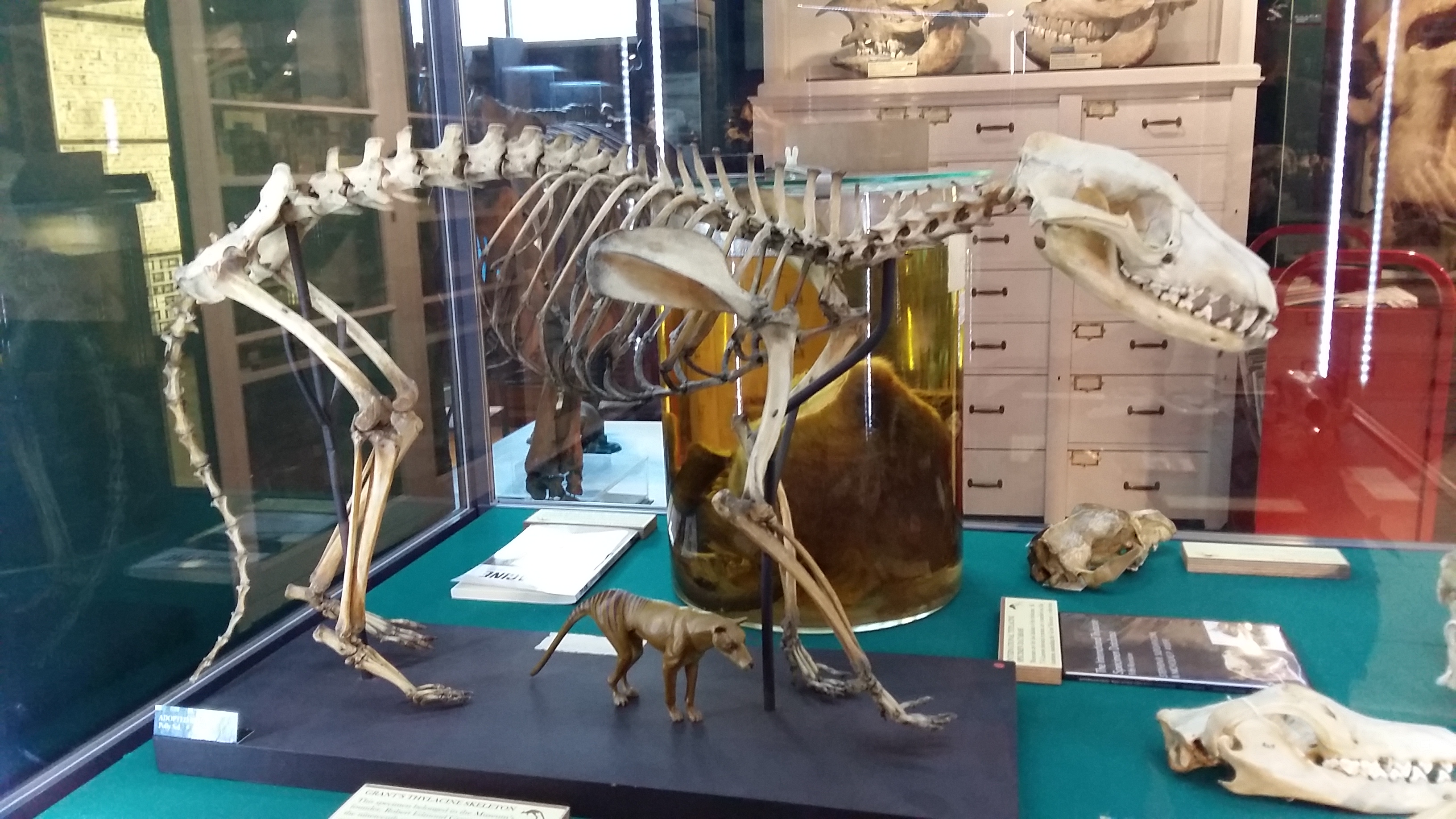
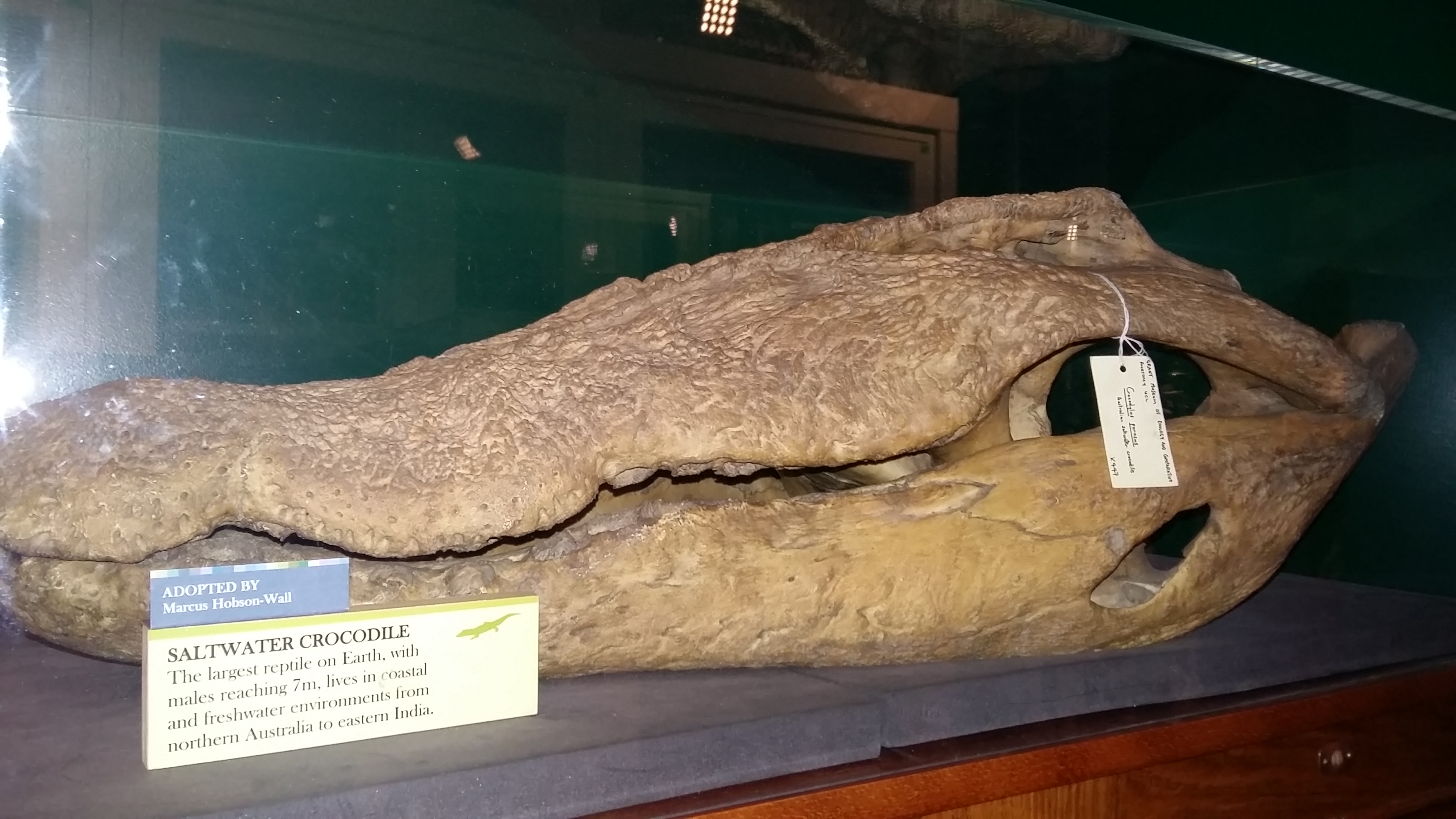
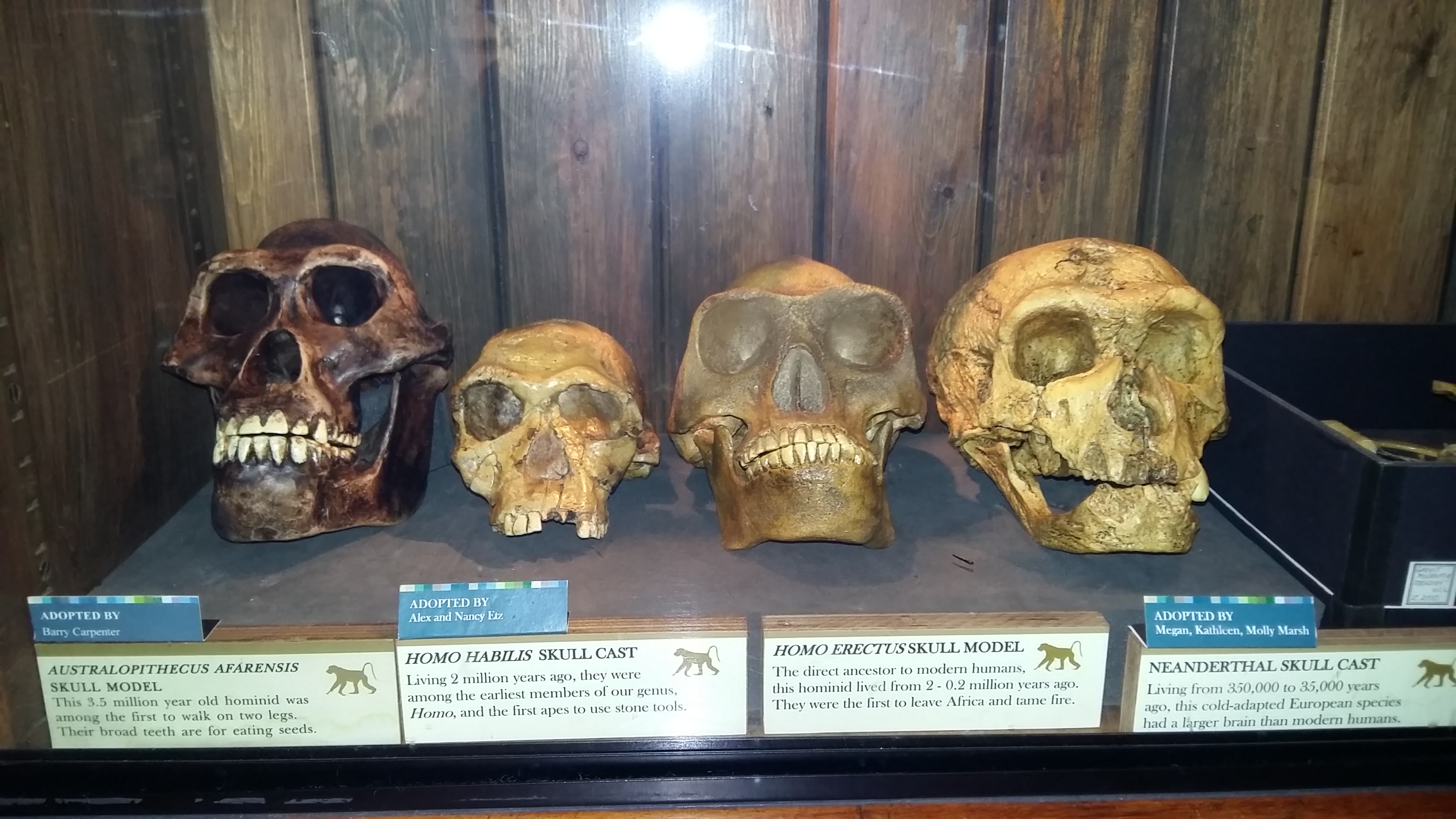
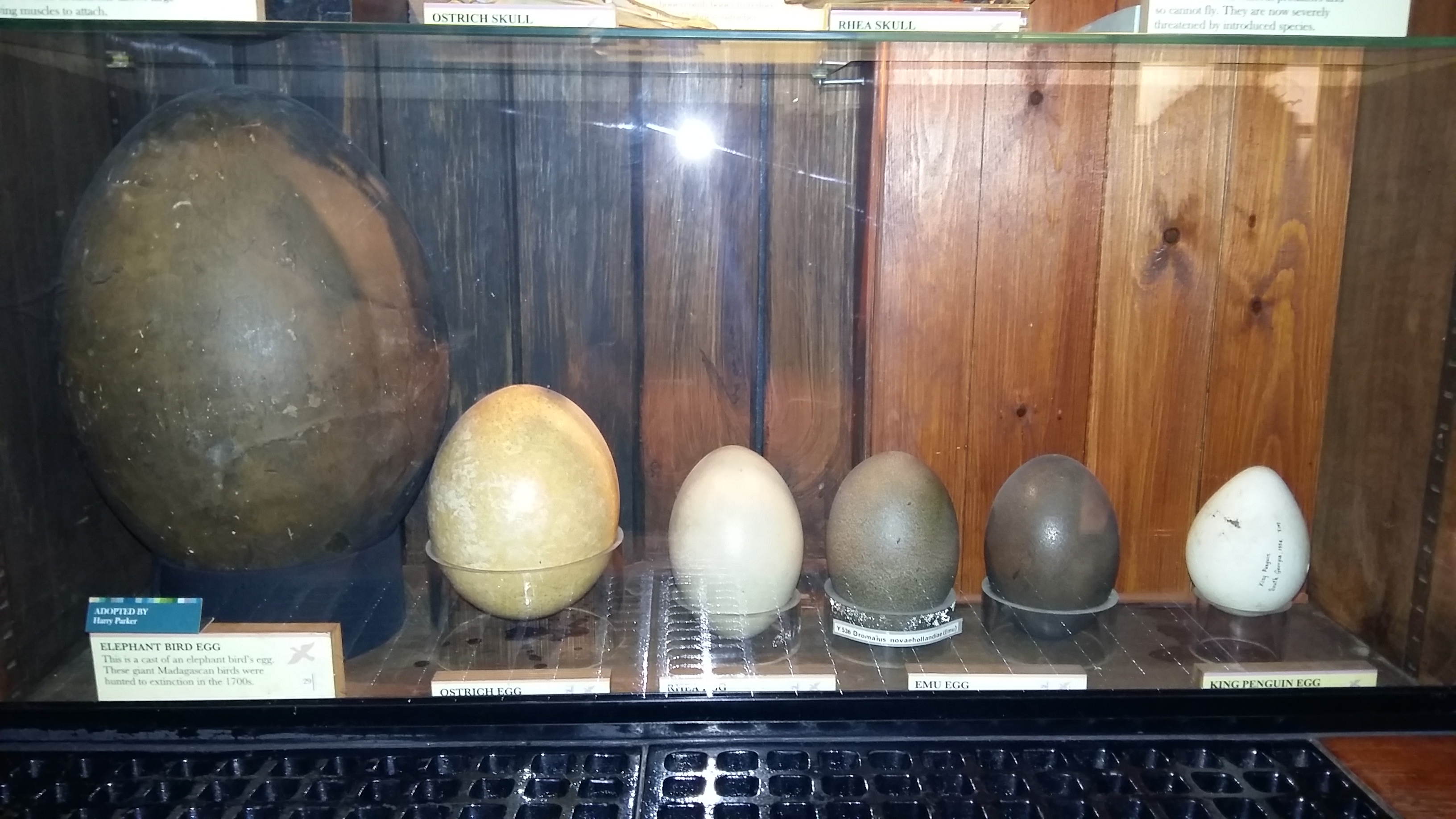
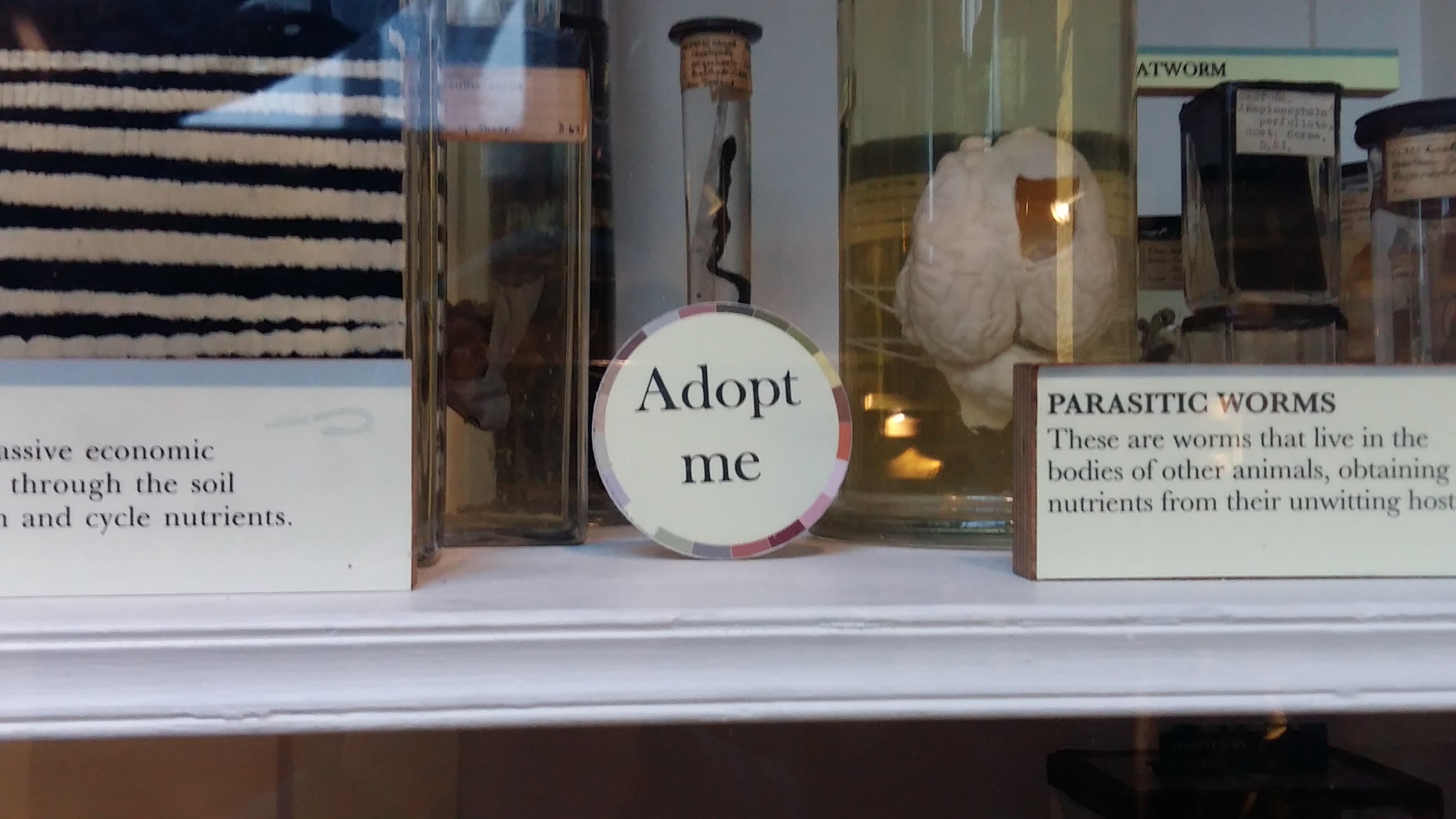
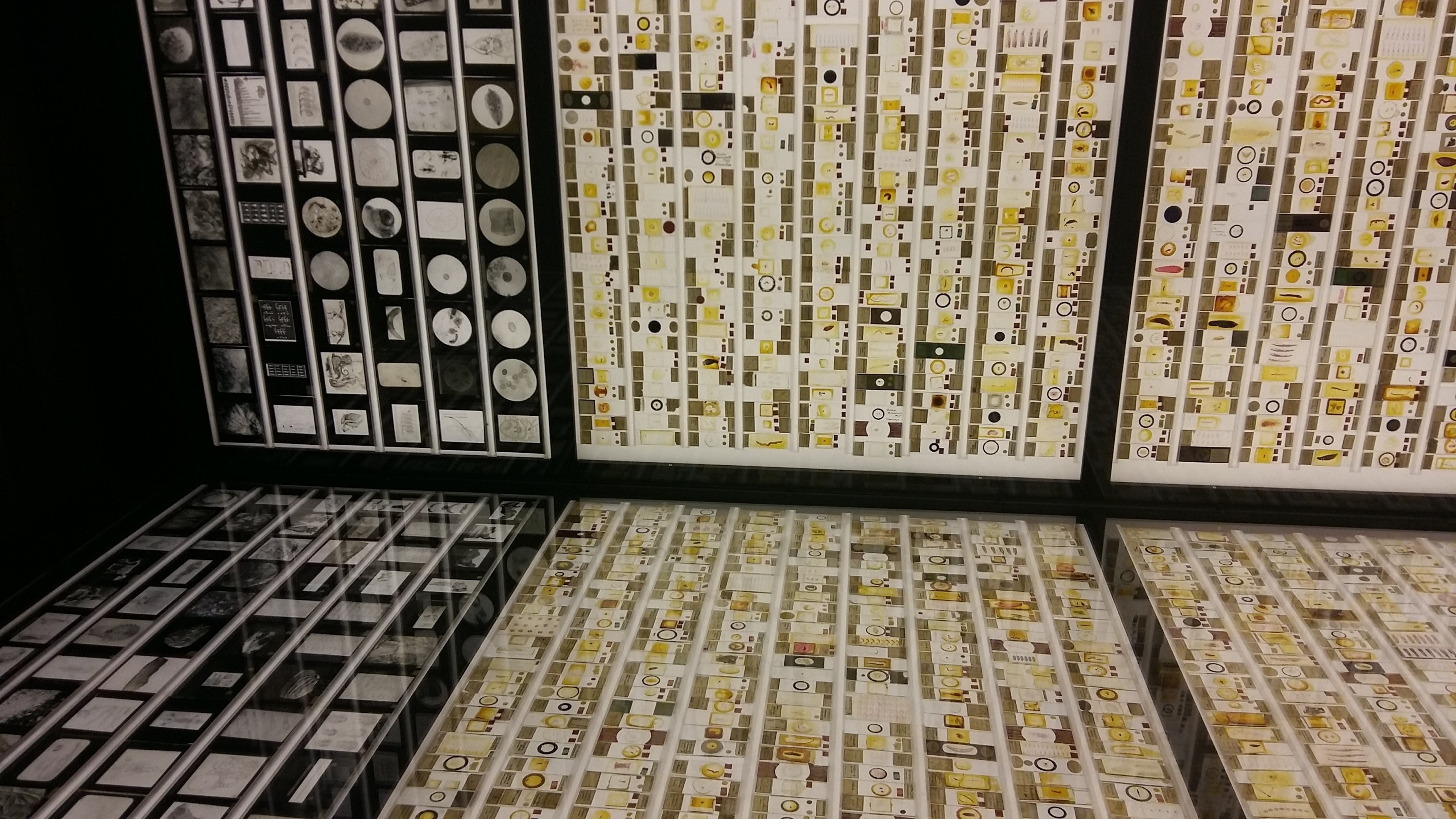
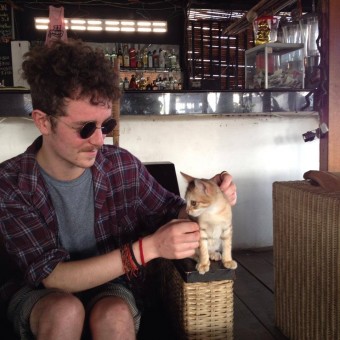
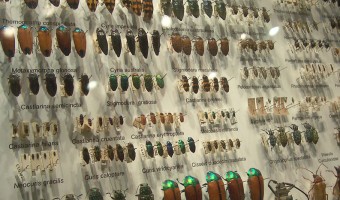
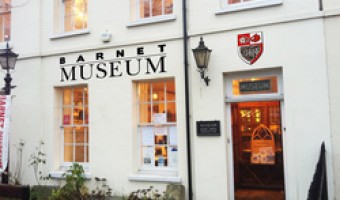

 Load more triptoids
Load more triptoids